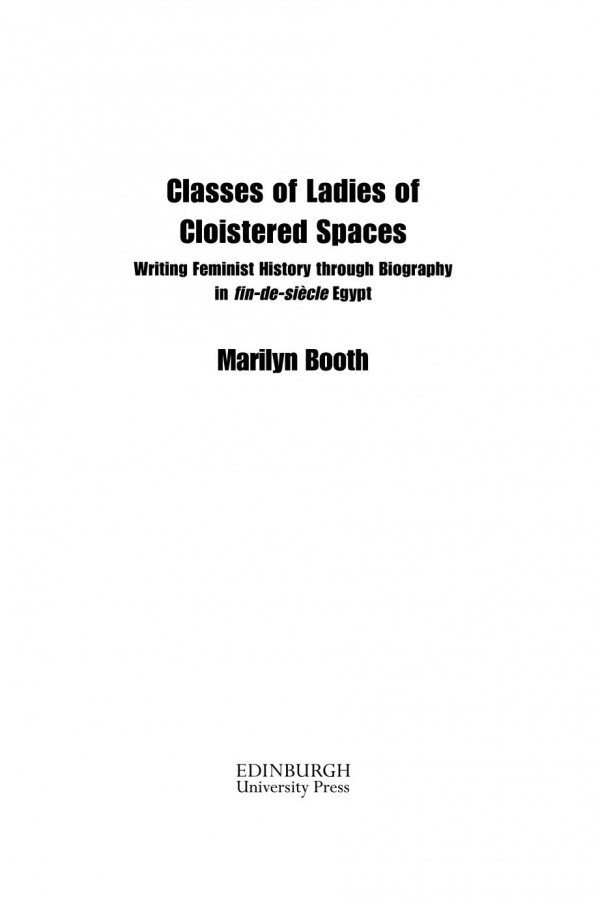

Most ebook files are in PDF format, so you can easily read them using various software such as Foxit Reader or directly on the Google Chrome browser.
Some ebook files are released by publishers in other formats such as .awz, .mobi, .epub, .fb2, etc. You may need to install specific software to read these formats on mobile/PC, such as Calibre.
Please read the tutorial at this link: https://ebookbell.com/faq
We offer FREE conversion to the popular formats you request; however, this may take some time. Therefore, right after payment, please email us, and we will try to provide the service as quickly as possible.
For some exceptional file formats or broken links (if any), please refrain from opening any disputes. Instead, email us first, and we will try to assist within a maximum of 6 hours.
EbookBell Team

0.0
0 reviewsZaynab Fawwaz (c.1860-1914) was as a forceful voice in support of women’s rights to education and work choices in colonial-era Egypt. Her volume of 453 women’s lives, al-Durr al-manthur fi tabaqat rabbat al-khudur (Pearls scattered in times and places: Classes of ladies of cloistered spaces, 1893-6) – featuring Boudicca, Catherine the Great, Zaynab (granddaughter of the Prophet Muhammad), Victoria Woodhull, the Turkish poet Sirri Hanim and many others – built on the Arabic-Islamic biographical tradition to produce a work for women in the modern era, grafting European, Turkish, Arab, and Indian life narratives, amongst others onto Arabic literary patterns.
In Classes of Ladies of Cloistered Spaces Marilyn Booth argues that Fawwaz’s work was less ‘exemplary biography’ than feminist history, in its exploration of achievement but also of patriarchal trauma in the lives of women across times and places. She traces Fawwaz’s creative use of her sources, her presentation of biographical narratives in the context of the political essays she wrote in the Arabic press, her publicised dialogue with the President of the Board of Lady Managers of the 1893 World Columbian Exposition – where she attempted to send the volume – and how her inscription of a feminine ancient history diverged from that of men writing history in 1890s Egypt.
Key Features